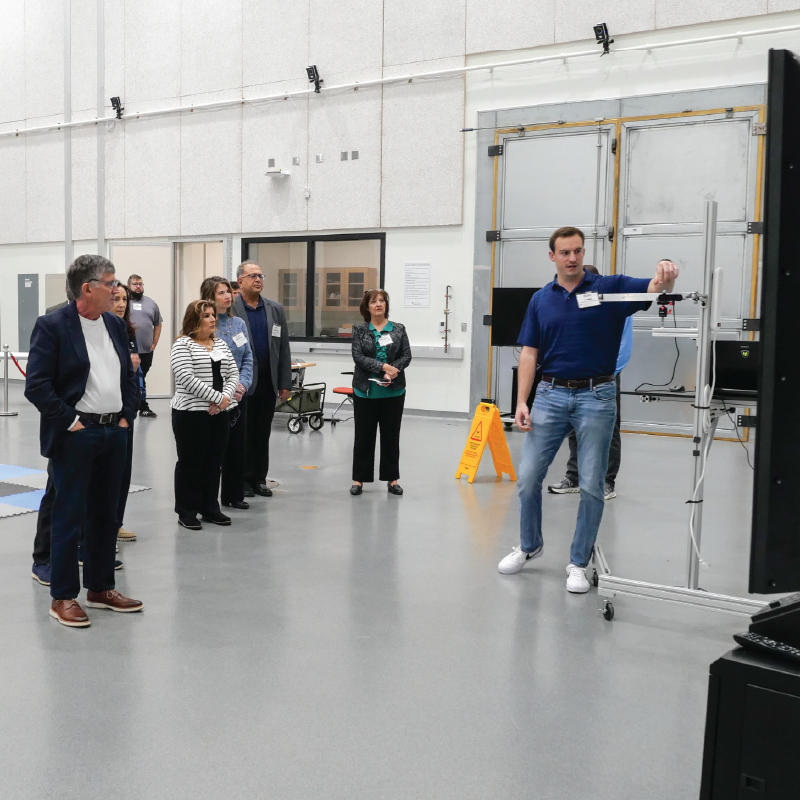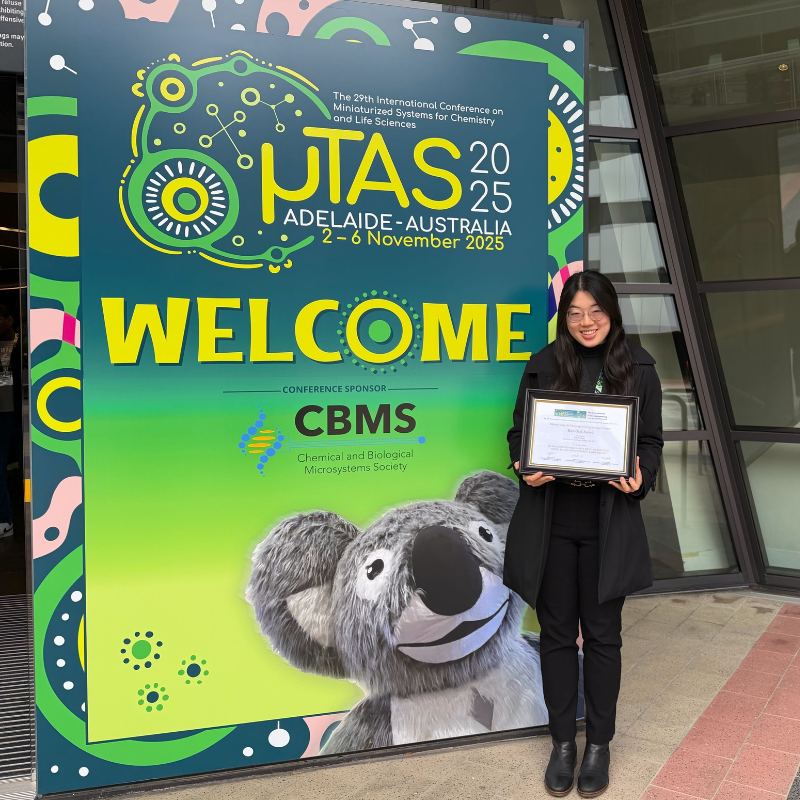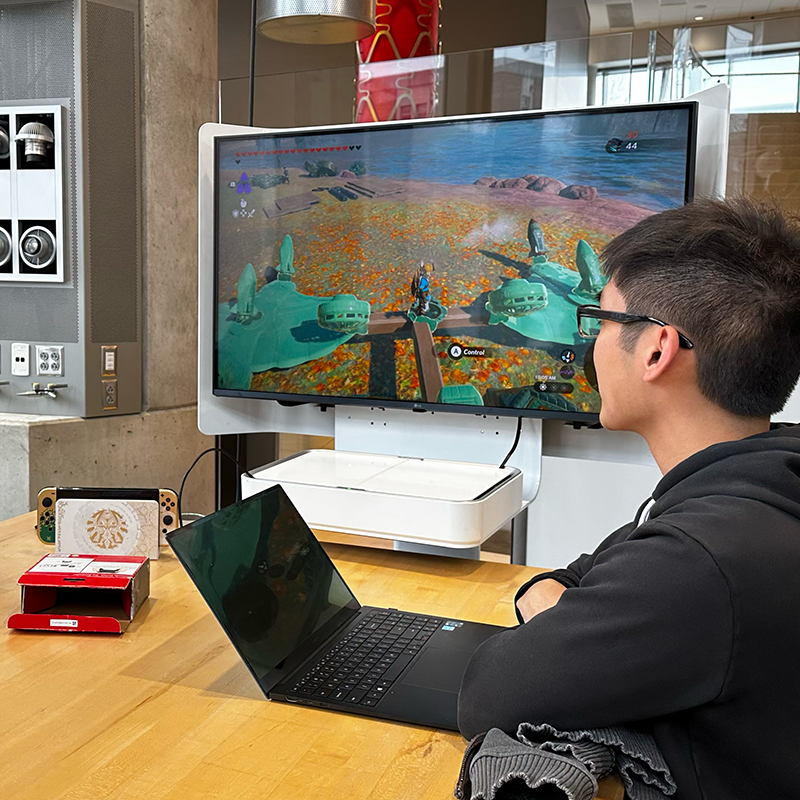News Story
UMD Professors Join Fuel Cell Projects Awarded Combined $11.4M
The U.S. Department of Energy’s Advanced Research Projects Agency–Energy (ARPA-E) has awarded a combined $11.4 million to three projects involving Clark School faculty members from the Department of Materials Science and Engineering (MSE). The funding comes from ARPA-E’s Reliable Electricity Based on ELectrochemical Systems program (REBELS). Individually, the three projects’ grants are among the highest awarded in this round of funding.
REBELS emphasizes the development of fuel cells for distributed power generation, fuel cells that are also able to function as batteries, and the use of fuel cells in the conversion of natural gas to liquid fuels. Proposed products must operate at temperatures of about 400-500 degrees Celsius, and have manufacturing costs low enough to make them commercially viable.
Professor and Maryland NanoCenter member Ichiro Takeuchi is part of team of researchers from United Technologies Research Center, Cal Tech, and the University of Connecticut that received $3.2 million in funding for a project called “Metal Supported Proton Conducting Solid Oxide Fuel Cell Stack.” According to ARPA-E:
“The United Technologies Research Center (UTRC) will develop an intermediate-temperature fuel cell for residential applications that will combine a building’s heating and power systems into one unit. Currently, metal-supported fuel cells use high-temperature electrolytes; using an intermediate temperature electrolyte will allow an operating temperature of 500°C while a redesigned cell architecture will increase the efficiency and lower the cost of UTRC’s overall system.”
Learn more about this project »
University of Maryland Energy Research Center Director Eric Wachsman is involved in two grants that received a combined $8.2 million in funding. Redox Power Systems LLC, the fuel cell company he co-founded with its Chief Technology Officer, Bryan Blackburn, is a major partner in “Low-Temperature Solid Oxide Fuel Cells,” which received $5 million. According to ARPA-E:
“Redox Power Systems will develop a fuel cell with a mid-temperature operating target of 400°C while maintaining high power density and enabling faster cycling. Using a combination of oxide materials that have traditionally been unstable alone, a new two-layer electrolyte configuration will allow these materials to be used in a manner that increases system power density while maintaining stability. Redox’s new material configuration also allows the operating temperature to be reduced when incorporated into commercially fabricated fuel cells. The fuel cells will have a startup time of less than 10 minutes, making them more responsive to demand.”
Learn more about this project »
Wachsman will also work with the University of South Carolina on “Bi-functional Ceramic Fuel Cell Energy System,” which received $3.2 million. According to ARPA-E:
“The University of South Carolina will develop an intermediate-temperature, ceramic-based fuel cell that will both generate and store electrical power with high efficiencies. The device will incorporate a newly discovered ceramic electrolyte and nanostructured electrodes that enable it to operate at temperatures lower than 500˚C. The fuel cell’s unique design includes an iron-based layer that stores electrical charge like a battery, enabling a faster response to changes in power demand.”
For More Information:
Published June 23, 2014









